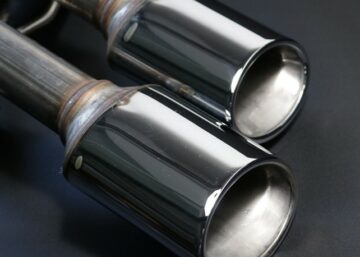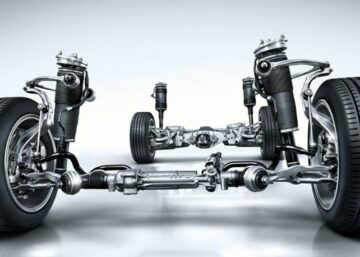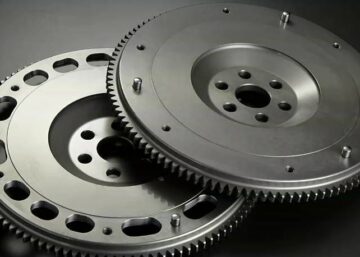Metal is one major automobile component from inception and it is safe to say automobiles would not exist without them. Almost every vehicle part has a metal component that requires fabrication, including its body, radiator, dashboard, and even seats.
To make vehicles, metal fabricators put metals through different processes, including machining, cutting, forming, and even welding. All these processes ensure that the metal parts used in a vehicle are quality and fit the standard.
In this article, we highlight the different automotive fabrication processes in detail. We’d also provide information on the ideal metal materials for vehicles.
Different Metal Fabrication Processes for Automotive Industry
There are different types of metals used in car part fabrication processes ranging from casting, forging, and extrusion to machining. However, not all metal manufacturing processes are ideal for automotive components. Below are the major processes used for automotive production.
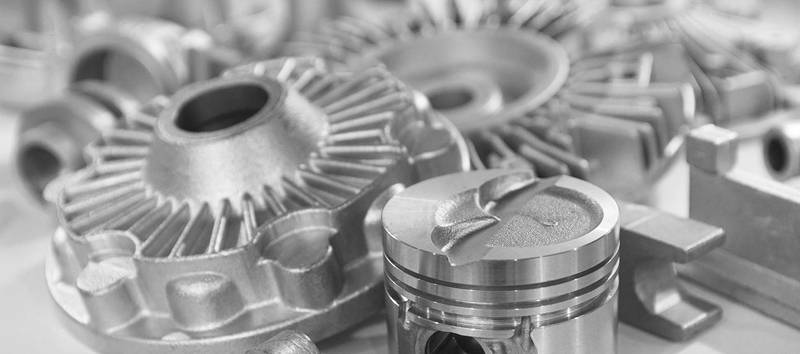 1. Automotive Metal Casting
1. Automotive Metal Casting
The casting processes involve pouring hot metal into a mold or die, allowing it to cool, and then leaving it to take the final shape. The utilization of the same mold repeatedly to produce identical products makes the automotive metal fabrication method suitable for mass-producing parts.
There are different types of casting including die-casting and permanent mold casting. Automotive die-casting involves pouring the molten metal into a die rather than a mold under pressure until solidification takes place. On the other hand, permanent mold casting involves pouring the liquid metal directly into a mold.
Automotive parts made using this process, include chassis parts, sunroof, seatbelt, transmission, and vehicle interior components. Other parts include fuel intake parts, brake systems, engine parts, and power steering systems.
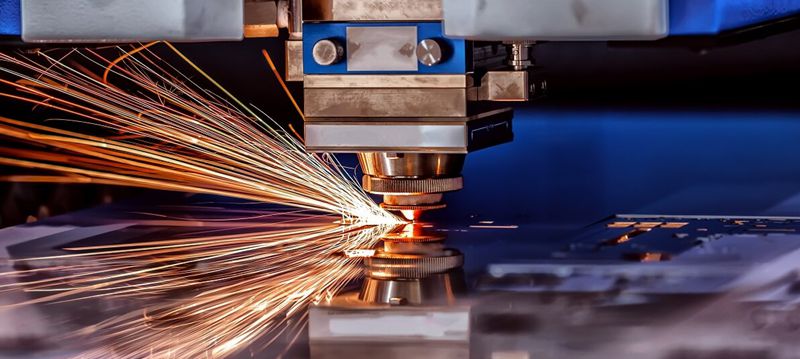 2. Automotive Metal Cutting
2. Automotive Metal Cutting
Cutting a workpiece to divide it into smaller portions is a typical method of automotive metal fabrication. Sawing is the most common way to cut, but there are faster and more accurate techniques, including EDM, waterjet cutting, laser cutting, and plasma arc cutting.
It is possible to cut using a variety of instruments, including hand, power tools, and computer numerical control (CNC) cutters. Cutting might be the first step of a more detailed car part fabrication process, or it might be the sole one.
Different cutting techniques involve the use of a die. They include rotary die cutting, flatbed die cutting, and die cutting. Cutting as a metal fabrication process facilitates the production of automotive parts, including body, doors, engine parts, chassis, and other parts.
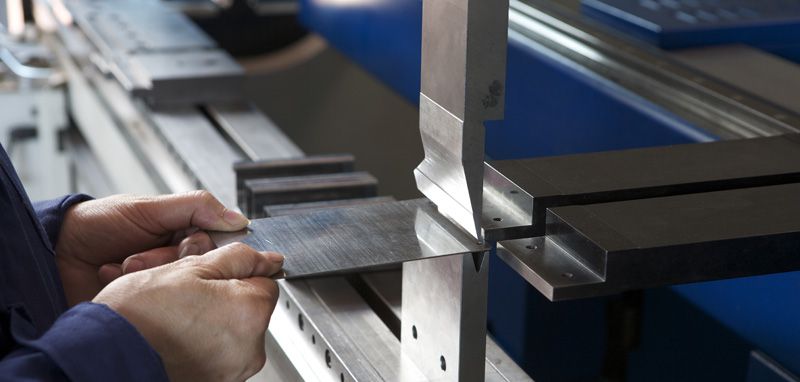 3. Automotive Metal Folding
3. Automotive Metal Folding
Folding is a complicated automotive fabrication process. It involves manipulating the surface of a metal to shape at a particular angle.
Due to the complexity of this process, it is best performed at facilities with specific high-tech equipment like presses. Folding in the automotive industry facilitates the creation of little parts ideal for replacing worn-out engine parts. It also aids the production of hoods & fenders, brackets, radiator cowls, as well as components and chassis.
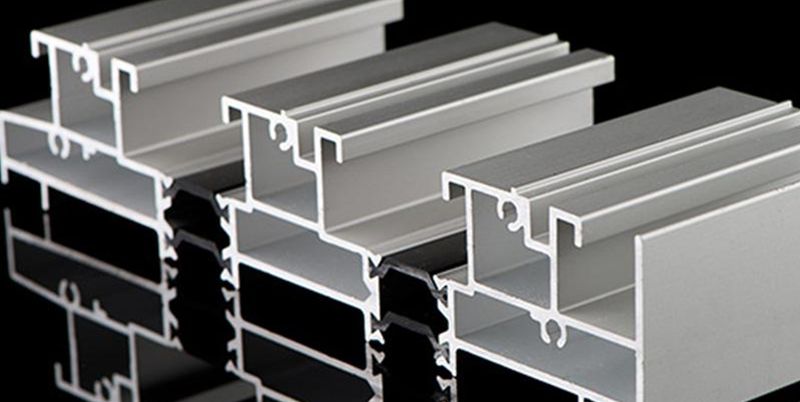 4. Automotive Metal Extrusion
4. Automotive Metal Extrusion
Metal extrusion involves pushing metal through a closed or open die. The workpiece’s diameter is reduced to the die’s cross-section when it passes through the die. The workpiece develops a cavity when compressed around a die. These procedures typically require a ram to carry out the impact operation and a metal slug or cylinder (a billet) as the workpiece.
Extrusion often produces cylindrical components, for instance, pipes and wires. When extrusion is continuous, it produces longer pieces, and when it is semi-continuous, shorter pieces are produced. In addition, modifying the cross-section of these products results in creating different shapes.
Many automotive parts are extruded, including shock bodies, pistons, engine components, drive shaft yokes, and airbag canisters.
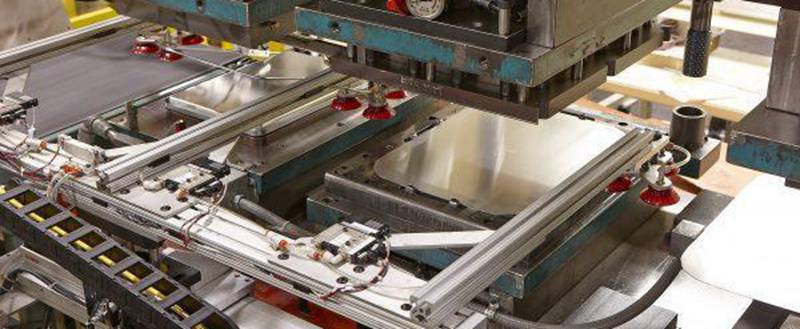 5. Automotive Metal Stamping
5. Automotive Metal Stamping
In stamping, the press makes an indentation rather than a hole as seen in punching. It is ideal for use on metal sheets and helps create images, lettering, and forms.
Stamp machines come in two main types: hydraulic and mechanical. The machines can cast, punch, shape, and slice metal sheets with thicknesses up to ¼ inch. They can also carry out various processes, including blanking and four-slide shaping.
Stamped automotive parts include horn buttons, rear-view mirror mounting plates, fuel injectors, seat latches, and fuel pressure regulators. Other parts include floor mat securement brackets, steering wheel components, and brakes.
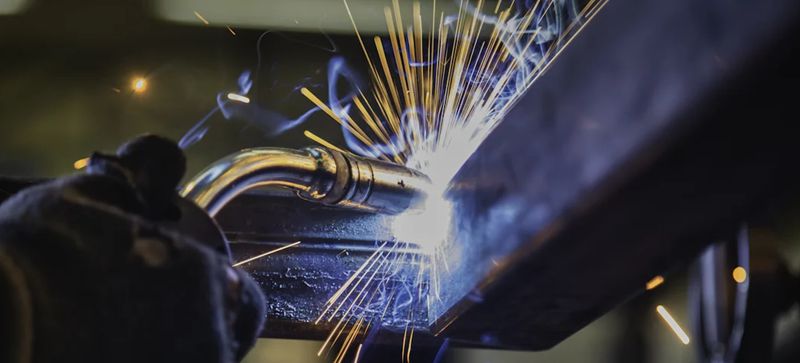 6. Automotive Metal Welding
6. Automotive Metal Welding
Automotive welding binds two or more pieces of metal together by using a combination of pressure and heat. This procedure is common for prototype assemblies since the metal bits can be of any shape or size. Stick or arc welding, MIG welding, TIG welding, and flux-cored arc welding are four of the common types of welding techniques.
In the automotive industry, welding facilitates the production of brackets, hinges, caps, covers, spring seats, and other vehicular parts.
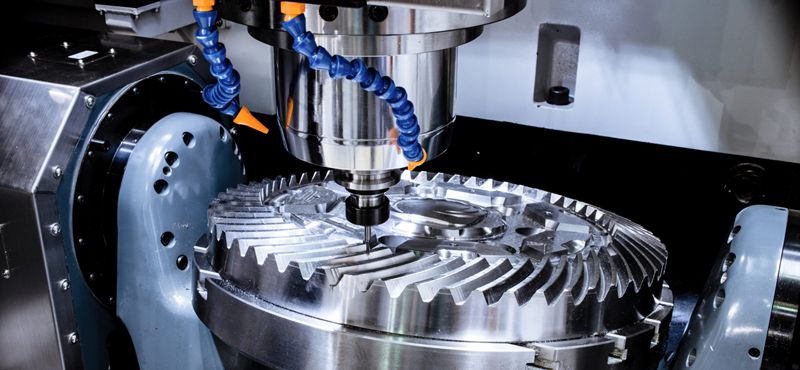 7. Automotive Metal Machining
7. Automotive Metal Machining
The technique of shaping metal by removing its unneeded components is known as machining in the context of metal fabrication. There are many ways to carry out this approach. Drilling, turning, and milling are a few of the numerous machining techniques.
Drilling involves the use of a rotary cutting tool, also known as a drill bit to create circular holes in metal. On the other hand, turning uses a lathe to rotate metal while the cutting tool shapes it. Milling shapes metals using a rotating multipoint cutting tool. In milling, the metal workpiece is fed slowly into the rotating cutting tool or is stationary while the cutting tool moves across it.
Automating the machining process through computerized numerical controls or CNC automotive requires higher precision and tolerance. It also produces car parts or components at a greater speed, as its automated process eliminates the need for long and intensive labor. Machining facilitates the production of different automobile parts, including starter motors, cylinder heads, gearboxes, and drive axles.
Benefits of Custom Auto Metal Fabrication
Automotive metal fabrication results in the production of automobile metal parts with high accuracy. Below are other benefits of making custom auto metal fabrication.
1. Cost-effective
Cost is a significant benefit of automotive fabrication, as they are often over 60% cheaper than OEM auto parts. Also, dealers will be required by the manufacturer to offer replacement components at a set cost across the nation. Custom producers compete with one another, lowering costs while maintaining good quality.
Additionally, you can ask for parts that differ from the manufacturer’s specifications. This enables automotive enthusiasts to customize their vehicles.
2. Easily Available Parts
With custom automotive metal fabrication, it becomes easier to make parts that might be difficult to get in a dealership. This makes parts easily accessible and cuts down on time spent waiting for parts that often take a long time to arrive.
3. Greater Durability and Longevity
Everything works more efficiently when your car has better components. This is particularly true for older cars that aren’t ready to sit in a garage and gather dust. Your car will have long-lasting, and high-quality parts because of the skill and attention to detail used by skilled custom auto fabricators.
4. Ability to Customize Your Car
With custom auto metal fabrication, your options are virtually limitless. Within the limitations of the laws of physics, you can customize or tweak car machines to your needs. Apart from customizing your car, it gives the opportunity for you to choose various materials of different colors and sizes of your choice.
Common Metal Fabrication Materials for Automotive Parts
There are several metals ideal for fabrication, but not all of them are good for making vehicles. This is often due to quality, cost, and standards. Nonetheless, below are some metal fabrication materials for automotive.
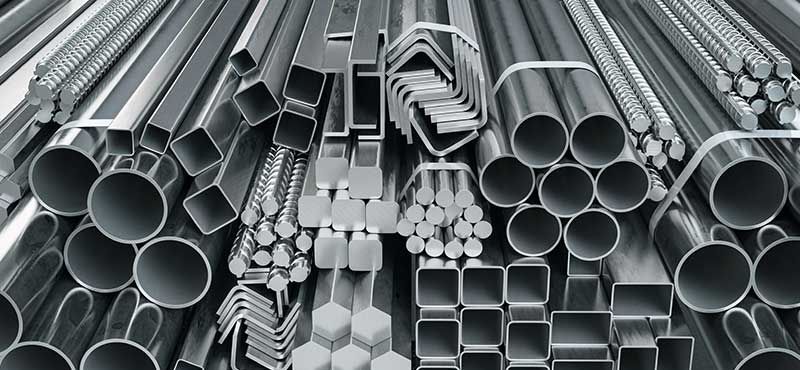 1. Aluminum
1. Aluminum
Aluminum is an essential metal material for automotive fabrication and it is used to make different auto parts, including wheels and engine blocks. This material is strong, lightweight, and easy to use for automotive fabrication.
It is also corrosion-resistant, and easily recyclable. Common applications of aluminum in auto parts include engine blocks, transmission housing, suspension systems, wheels, interior trim, and body panels.
2. Steel
Steel is a strong, durable, machinable material. There are different types of steel used in the automotive industry. The steel used in automotive fabrication includes ultrahigh-strength steels, advanced high-strength steels, and high-strength low-alloy steels.
These different steel types have different applications. For instance, ultrahigh-strength steels are ideal for making safety features such as roll cages, while high-strength low-alloy steels are perfect for body panels. Advanced high-strength steel is good for making suspension components.
3. Titanium
Titanium is a metal with high strength and durability. It is corrosion-resistant and lightweight. Unlike aluminum and steel, titanium is quite difficult to work with and often increases production costs. This metal finds use in making brake rotors and wheels.
4. Iron
Iron is easy to work on as it is moldable, forgeable, and meltable. It also has a cost advantage over many metals as iron is quite affordable. Its low cost makes it an option for making different high-quality auto parts, including wheels, axles, frames, and other engine components.
5. Copper
Copper has many beneficial properties, so it is no surprise it finds use in automotive manufacturing. It is ideal for making electrical and engine cooling systems due to its ability to conduct heat and electricity. Mixing copper with other metals such as silver, nickel, and zinc improves its strength and corrosion resistance. What’s more, copper has applications in the fabrication of brake pads and exhaust systems.
6. Magnesium
This metal is durable, strong, and not difficult to use for car fabrication. Magnesium is also lightweight, which gives it application in making high-spend sports cars. In a vehicle, magnesium is used to produce vehicle parts such as hoods, doors, and car chassis.
Considerations and Tips for Automotive Metal Fabricating
It is important to fabricate automotive metals accurately and efficiently to improve safety, save time, and reduce costs. So before heading to a car fabrication shop, here are some design tips for automotive metal fabricating.
Know Your Materials and Their Properties
For any metal fabrication project to be successful, it is important you know the metal you are using. Different metals have their level of machinability, strengths, and weaknesses.
So, before beginning a project or choosing an automotive fabrication shop, it is best you conduct proper research into material properties. This is to ensure there are no issues with your design, and it comes out as intended.
Consider the Manufacturing Process
It is best to consider your manufacturing process when designing to ensure smooth automotive fabrication. The reason is that not considering factors such as the metal thickness, required tolerances, and metal types could cause severe problems when manufacturing the parts.
Keep Your Design Simple
Complex designs are often difficult to fabricate, increasing the cost and time of production. These include parts with complex geometries and very tight tolerances. It is important to note that making these parts would take longer, increasing production costs. This is why you should keep your design simple and avoid unnecessary complexity, so you can always reproduce it when needed.
Select Suitable Finishes Depending on the Application
One way to protect and make your automotive fabrication parts look more appealing is by applying finishes. However, using the wrong finishes can have a negative effect on the part’s appearance and longevity.
For instance, galvanized metal with zinc coating will be great to use on steel parts exposed to corrosive environments. To make the part look better, consider aesthetic finishes such as anodizing.
Choose Expert Fabrication Services
For a successful fabrication of your design, it is advisable to work with experienced fabricators like WayKen. Potential Problems are bound to occur when creating your design. But if you work with expert metal fabricators, they can find out this problem faster and offer insight on how to solve it. Besides, they understand the fabrication process and can provide ideas to optimize your design.
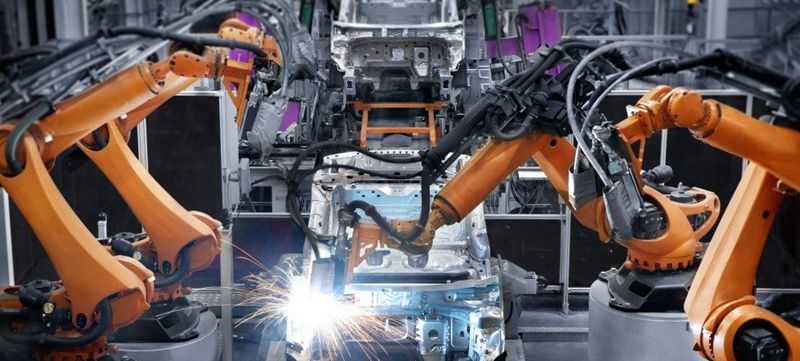 Applications of Car Metal Fabrication
Applications of Car Metal Fabrication
Metal fabrication finds use in virtually all parts of an automobile. The metals are used to provide the framework for the addition of other materials. Here are some applications of car metal fabrication.
- Body panels
- Hinges
- Seat Belt latches and buckles
- Radiators
- Engine oil pans
- Catalytic converter housing
- Engine blocks
- Transmission systems
- Brake pads
- Wheels
- Suspension systems, etc.
Make Metal Car Prototypes and Parts at WayKen
WayKen is a reliable company if you require custom vehicle fabrication for you. With more than 20 years of experience in the automotive industry, we have the knowledge and skills to choose suitable metals to make auto parts and prototyping.
Our rich experience team can produce vehicle parts such as aluminum reflectors, optical components, car trial production, etc, which satisfies your particular needs. You may also be confident that the components will be affordable because we provide competitive pricing and quick turnaround times. Just upload your CAD files and get a free quote.
Conclusion
Custom auto parts fabrication helps save time and money spent on OEM parts. With careful planning, thorough consideration of the qualities of the materials, and contemporary computer-aided design tools at your disposal, fabricating car parts becomes easy.
